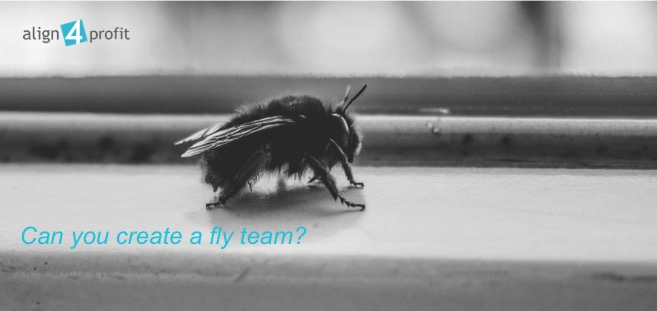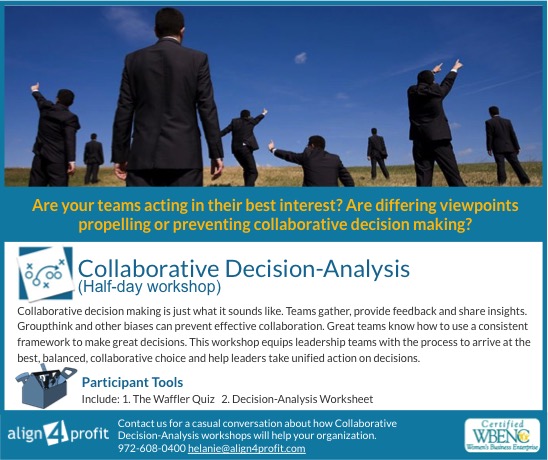Make Better Decisions — Learn from the Science

Communication Mastery in a Multicultural World
July 9, 2018
How Teams Can Make Better Decisions — Collaboratively
July 13, 2018Before your managers harness the collective wisdom of a team to make good collaborative team decisions, help them reflect on their own decision-making.
Every leader makes about 35,000 decisions daily — from small decisions like deciding between coffee or tea to bigger decisions like hiring a new employee and even larger ones like changing strategic direction.
Here are 4 ways the sciences advocate making more reason-based and fewer reaction-based decisions.
- Be a fly team member. According to the Journal of Psychological Science, when your leaders think about conflict from a third-person perspective (as an outsider, like a fly on the wall), they will make wiser decisions. How do they do that? Encourage them to consider the perspectives of others. Think about different ways the situation can play out and deliberate on compromises.
- Get more options on the table. Research by Paul Nutt has found that the quality of decisions goes way up when decision makers generate multiple alternatives. Too many decisions get stuck in the either-or scenario — deciding between should we or shouldn’t we. Instead add more options. Let’s say your company is considering building a new parking garage. Instead of considering only whether to build it or not, have your decision makers consider other options such as should we give employees bus passes, or should we give them the option to work from home one day a week? These options could solve the same challenge but in very different ways.
- Take a moment before making a decision. Taking as little as 50 to 100 milliseconds before making a decision allows the brain to focus without distraction on the necessary and most relevant information, according to Jack Grinband, PhD, associate research scientist in the Taub Institute and assistant professor of clinical radiology at Columbia University Medical Center.
- Test assumptions with good questions. Roger Martin, the dean of the Rotman School of Management in Toronto, says decision makers should ask, “What would have to be true for this option to be the best choice?” What other questions could your leaders ask themselves to test their assumptions as well? The questions they wrestle with are sometimes more important than the answers they reach. The questioning process opens minds to possibilities and leads to better choices.
On a final note, I once read that decision makers should raise or lower their confidence appropriately when they tussle with decision making. Why? Managers are responsible for influencing their teams to follow their direction, so confidence in presenting decisions goes a long way to getting people on board.
But it’s also important to recommend to your decision makers that they consider when and if they need to lower their confidence. Overconfidence can compromise good decision making. While they are making a decision, leaders should temporarily lower their confidence and consider more information more deeply.
Help your leaders fine tune how they lead their teams in our Collaborative Decision Analysis Workshop.
Follow us on LinkedIn



